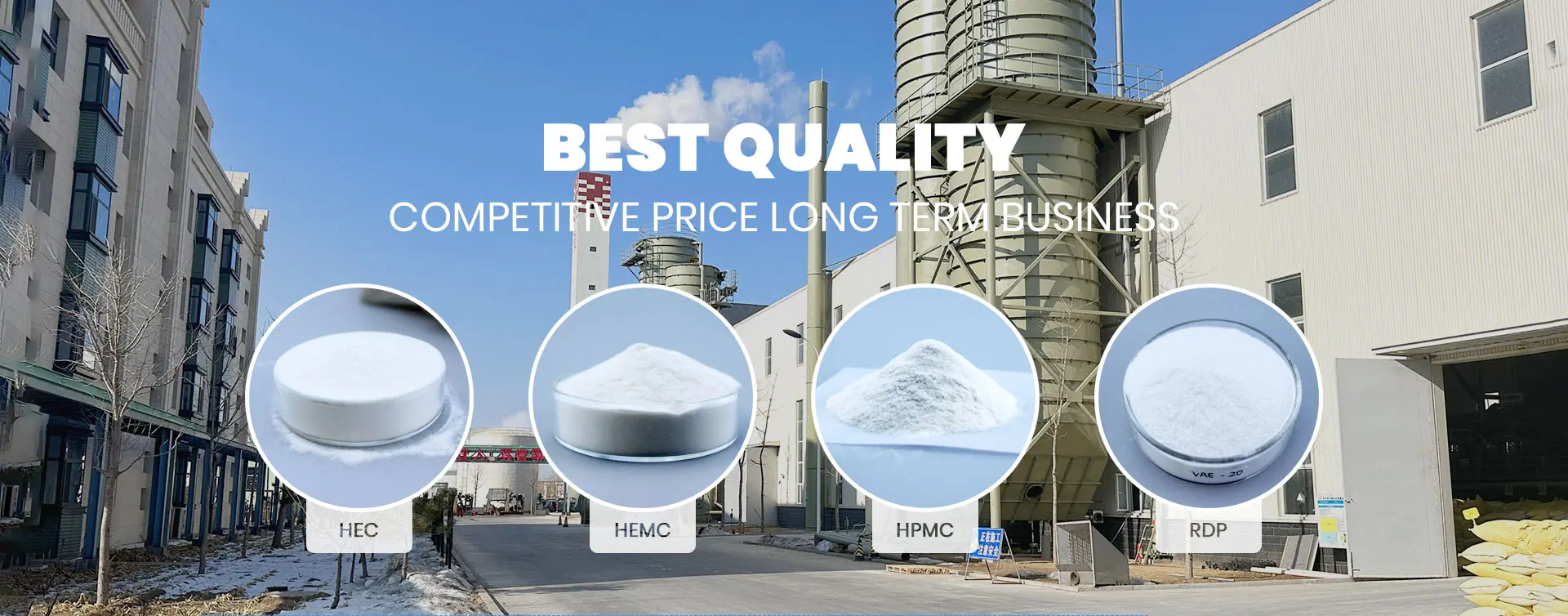
Nov . 10, 2024 13:03 Back to list
Generating a Similar Title Using HPMC Techniques in Research and Applications
Understanding HPMC A Multifaceted Polymer in Modern Applications
Hydroxypropyl methylcellulose (HPMC) is a semisynthetic polymer widely used in various fields, including pharmaceuticals, food, cosmetics, and construction. This versatile compound is derived from cellulose, a natural polymer found in plant cell walls, modified to enhance its properties for a multitude of applications. HPMC is particularly valued for its film-forming ability, water solubility, and non-toxicity.
Chemical Structure and Properties
HPMC is created by chemically modifying cellulose through the introduction of hydroxypropyl and methyl groups. This modification not only makes HPMC soluble in cold water but also imparts unique rheological properties, including thickening, emulsifying, and stabilizing effects. The degree of substitution of the hydroxypropyl and methyl groups can vary, leading to different grades of HPMC with tailored characteristics. This variability allows for its use in a range of formulations, each requiring specific properties.
Applications in Pharmaceuticals
In the pharmaceutical industry, HPMC plays a fundamental role as a binder, thickener, and controlled-release agent in tablet formulations. Its ability to form gels and stabilize emulsions makes it ideal for creating consistent drug delivery systems. HPMC is also utilized in ophthalmic preparations, providing viscosity and stability to eye drops. Moreover, its non-toxic nature ensures safety for consumer use, making it a preferred choice in both over-the-counter and prescription medications.
HPMC in Food Products
In the food industry, HPMC serves multiple functions, such as a thickening agent, emulsifier, and stabilizer. It is often found in sauces, dressings, and processed foods, improving texture and mouthfeel. Additionally, HPMC is a popular ingredient in gluten-free products, providing the necessary elasticity and structure typically afforded by gluten. Its use in food applications aligns with the growing consumer demand for clean-label products, as HPMC is derived from natural cellulose.
hpmc

Contributions to Cosmetics and Personal Care
The cosmetic sector also benefits significantly from HPMC. It is employed as a thickener and film-forming agent in lotions, creams, and gels, enhancing texture and stability. Its hydrophilic nature allows it to retain moisture, making it valuable in hydrating products. Moreover, HPMC is used in makeup formulations, particularly in waterproof products, where its film-forming capabilities are essential for durability and wear.
Role in Construction
In the construction industry, HPMC acts as a water-retaining agent, enhancing the workability of cement-based materials. It helps improve adhesion, open time, and flexibility in tile adhesives, plaster, and mortar. These properties are crucial for ensuring durability and performance in various construction applications, allowing builders to meet rigorous industry standards.
Environmental Considerations
As an environmentally friendly alternative, HPMC is biodegradable and derived from renewable resources, making it a sustainable option in various applications. Its widespread use underscores the importance of finding eco-friendly materials that do not compromise performance or safety.
Conclusion
In conclusion, HPMC is a multifaceted polymer that plays a vital role across diverse industries. Its unique properties, derived from its chemical structure, provide functionality in pharmaceuticals, food products, cosmetics, and construction materials. As innovation continues to evolve, the relevance of HPMC is likely to expand, emphasizing the significance of sustainable, non-toxic options in modern formulations. With its proven versatility and safety, HPMC stands out as an essential ingredient in addressing the needs of contemporary manufacturing and consumer preferences.
-
Versatile Hpmc Uses in Different Industries
NewsJun.19,2025
-
Redispersible Powder's Role in Enhancing Durability of Construction Products
NewsJun.19,2025
-
Hydroxyethyl Cellulose Applications Driving Green Industrial Processes
NewsJun.19,2025
-
Exploring Different Redispersible Polymer Powder
NewsJun.19,2025
-
Choosing the Right Mortar Bonding Agent
NewsJun.19,2025
-
Applications and Significance of China Hpmc in Modern Industries
NewsJun.19,2025







